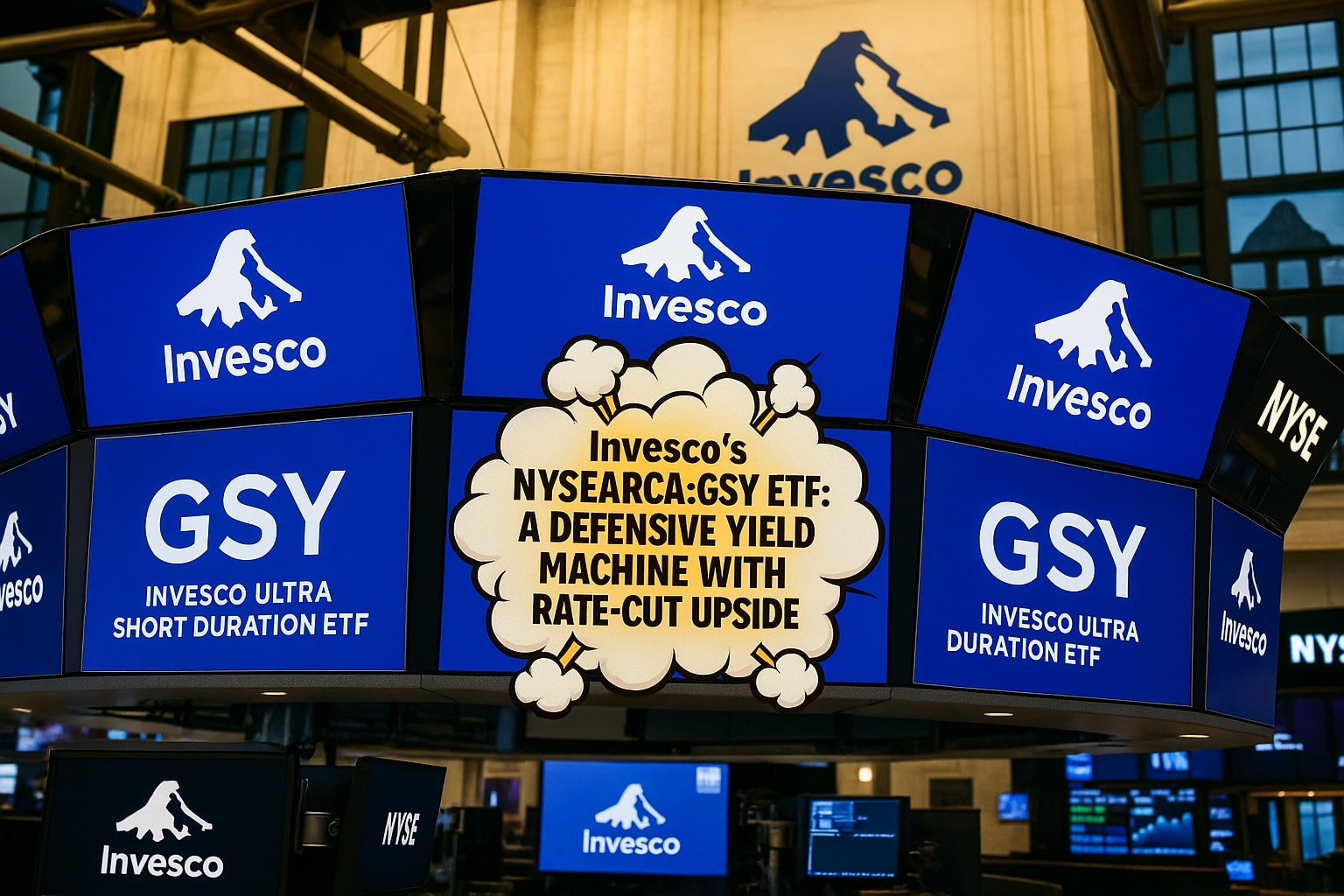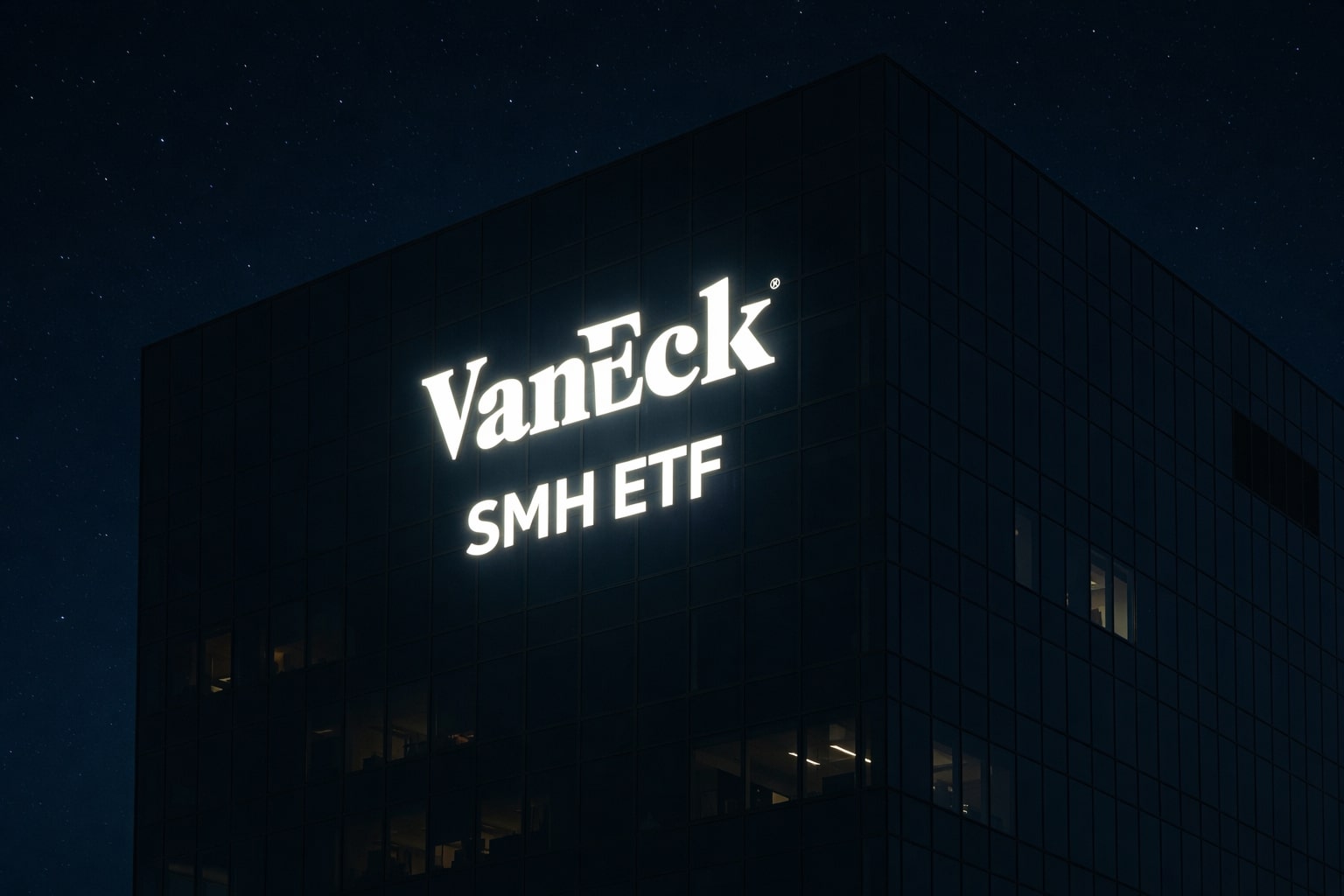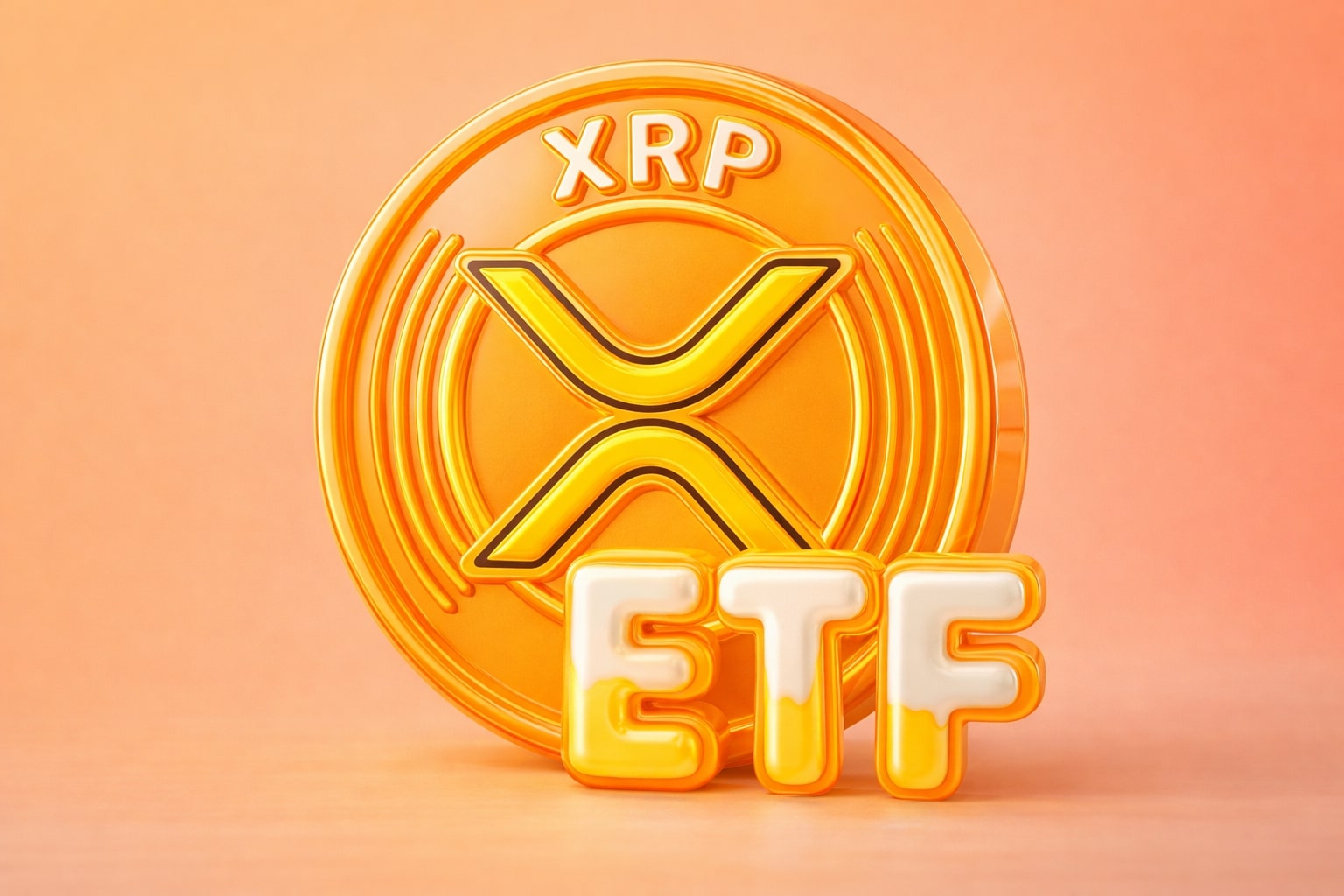
GSY ETF Stands Out With 4.63% Yield and Rate-Cut Shielding
Invesco’s NYSEARCA:GSY outpaces Treasuries with strong April resilience, 0.73-year duration, and defensive 5.02% yield-to-maturity—earning it a firm Buy rating | That's TradingNEWS
Invesco’s NYSEARCA:GSY ETF: A Defensive Yield Machine with Rate-Cut Upside
Yield Resilience and Duration Advantage Set NYSEARCA:GSY Apart in a Shifting Macro Landscape
The Invesco Ultra Short Duration ETF (NYSEARCA:GSY) continues to assert its value as a superior yield-preserving vehicle for cash management, especially as the Federal Reserve delays its next move. With a 30-day SEC yield of 4.63%, a held-to-maturity yield of 5.02%, and a weighted average life of 1.15 years, GSY operates at the upper bound of the ultra-short bond ETF category. Its current duration of 0.52 to 0.73 years, depending on source, places it firmly in the "higher duration, higher resilience" camp. That duration edge is critical as the Fed prepares for its likely 25 bps rate cut in September 2025—a move that will flatten front-end yields and benefit portfolios like GSY’s.
Sector and Credit Allocation: Financials-Heavy, Investment-Grade Dominant
GSY’s allocation leans heavily into investment-grade corporate bonds, offering a conservative spread pickup relative to Treasuries. Roughly 43% of the portfolio is in financial sector corporates, followed by 12.6% in asset-backed securities (ABS) and 7.8% in consumer discretionary names. Ratings distribution favors safety: 30% rated A, 41% BBB, 8% AAA, and 6% AA, with a 14% unrated slice—often from private placements that carry implicit high creditworthiness despite lack of formal ratings.
Default risk across this credit profile is minimal. According to S&P, 1-year default probability for single-A bonds is just 0.06%, rising only to 0.49% over five years for BBB-rated debt. GSY's tight maturity window insulates it from prolonged credit risk exposure. That structure matters when Fed shifts could pressure rate-sensitive assets.
Macro Positioning: GSY's Duration Extends Its Yield Life in a Declining Rate Cycle
With inflation cooling and CME FedWatch showing a 67% probability of a cut in September, front-end rates are primed to drop. Most short-term instruments immediately reprice downward, but GSY’s longer average maturity lets it lock in current higher rates longer, making yield decay slower and more manageable. This characteristic sets GSY apart from T-Bill funds and ultra-short money market alternatives.
The spread over T-Bills has narrowed modestly since 2024’s first Fed cut, but GSY’s yield still exceeds direct Treasury alternatives. While 1-month T-Bills yield under 4.8%, GSY has managed to keep its 12-month distribution rate above 6.0%, delivering value via active security selection and term premium capture.
Stability During Drawdowns: GSY's April 2025 Performance Confirms Defensive Role
During the April 2025 market volatility, GSY proved its mettle as a capital preservation tool. While peers like Invesco Variable Rate Investment Grade ETF (VRIG) saw drawdowns of up to -1%, GSY remained virtually flat. That stability stemmed from a combination of tighter security selection, shorter credit tenors, and minimal price sensitivity to duration shocks.
For investors seeking a parking place that avoids cash erosion during risk-off events, GSY has shown superior defense. It’s not designed to chase alpha—but it protects principal better than many peers and retains yield through macro churn.
Rate Cut Mechanics: How NYSEARCA:GSY Benefits When the Fed Moves
When the Fed cuts by 25 bps in September—as futures pricing increasingly suggests—short-end rates will dip, pulling down yields on Treasury-heavy vehicles. GSY’s structure ensures it benefits from that transition. Its current bonds will continue paying above-5% coupons even as the market resets lower, sustaining income while avoiding reinvestment drag.
Duration in this case works as a tactical lever. While funds with sub-3-month average maturity quickly roll into lower-rate paper, GSY’s 0.52–0.73 year duration buffers that transition. Expect the ETF to outperform SPDR Bloomberg 1-3 Month T-Bill ETF equivalents, just as it did after the September 2024 cut.
ETF Yield Mechanics and Risk Metrics: Predictable, Consistent, Efficient
GSY’s volatility is measured at 0.5%, with a standard deviation of 0.39%—metrics consistent with its goal as a quasi-cash instrument. Its spread to Fed Funds is not dramatic but is consistently positive. The ETF won’t deliver high excess returns over Treasuries, but it also won’t shock investors with drawdowns or liquidity issues.
The yield curve scenario is also in GSY’s favor. The forward SOFR curve implies roughly 70 bps in cumulative cuts by year-end, meaning even under conservative assumptions, GSY’s yield will remain elevated well into 2026. While absolute returns may compress, the relative performance over T-Bills and ultra-short funds remains favorable.
Final Verdict: NYSEARCA:GSY Is a BUY as Fed Shift Nears and Volatility Stays Contained
Investors looking for capital-stable, yield-efficient short-duration exposure should prioritize NYSEARCA:GSY. Its current 4.63% SEC yield, tight credit exposure, and duration extension make it superior to Treasury-only ETFs. The structure will thrive as the Fed moves toward cuts in Q3 and Q4.
With $5B+ in AUM, sector diversity, and consistent performance across drawdowns, GSY remains a top-tier instrument for income-seeking portfolios. In this market, it earns a firm BUY rating for those reallocating short-duration assets ahead of the next Fed shift.
That's TradingNEWS
Read More
-
SMH ETF: NASDAQ:SMH Hovering at $350 With AI, NVDA and CHIPS Act Fueling the Next Move
16.12.2025 · TradingNEWS ArchiveStocks
-
XRP ETFs XRPI and XRPR: Can $1B Inflows Lift XRP-USD From $1.93 Back Toward $3.66?
16.12.2025 · TradingNEWS ArchiveCrypto
-
Natural Gas Price Forecast: NG=F Falls to $3.80–$3.94 as Warm Winter Kills $5.50 Spike
16.12.2025 · TradingNEWS ArchiveCommodities
-
USD/JPY Price Forecast - USDJPY=X Slides, BoJ 0.50% Hike, Fed Cut and NFP Set the Next Big Move
16.12.2025 · TradingNEWS ArchiveForex


















